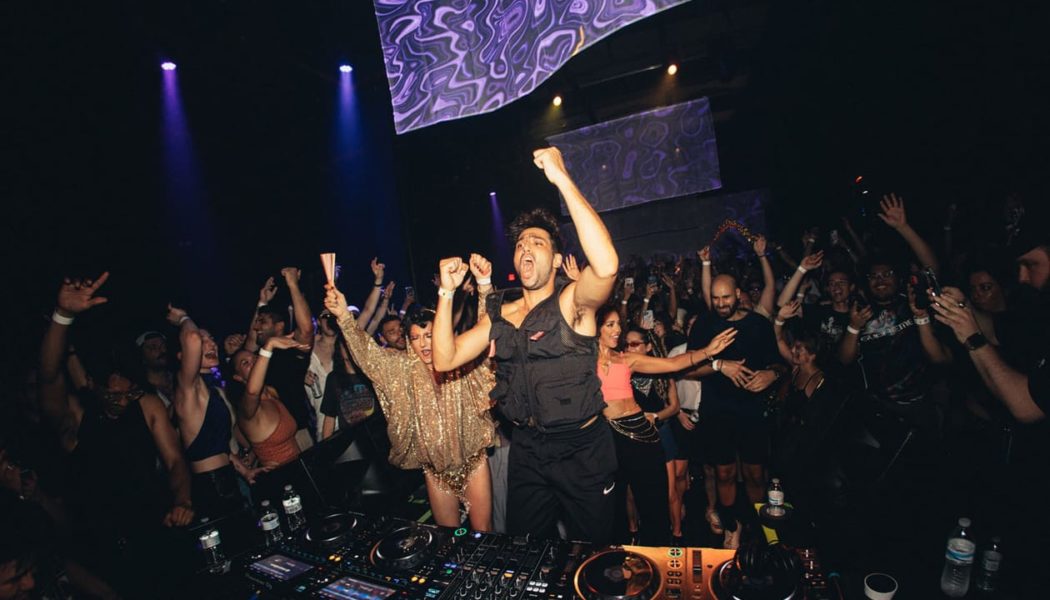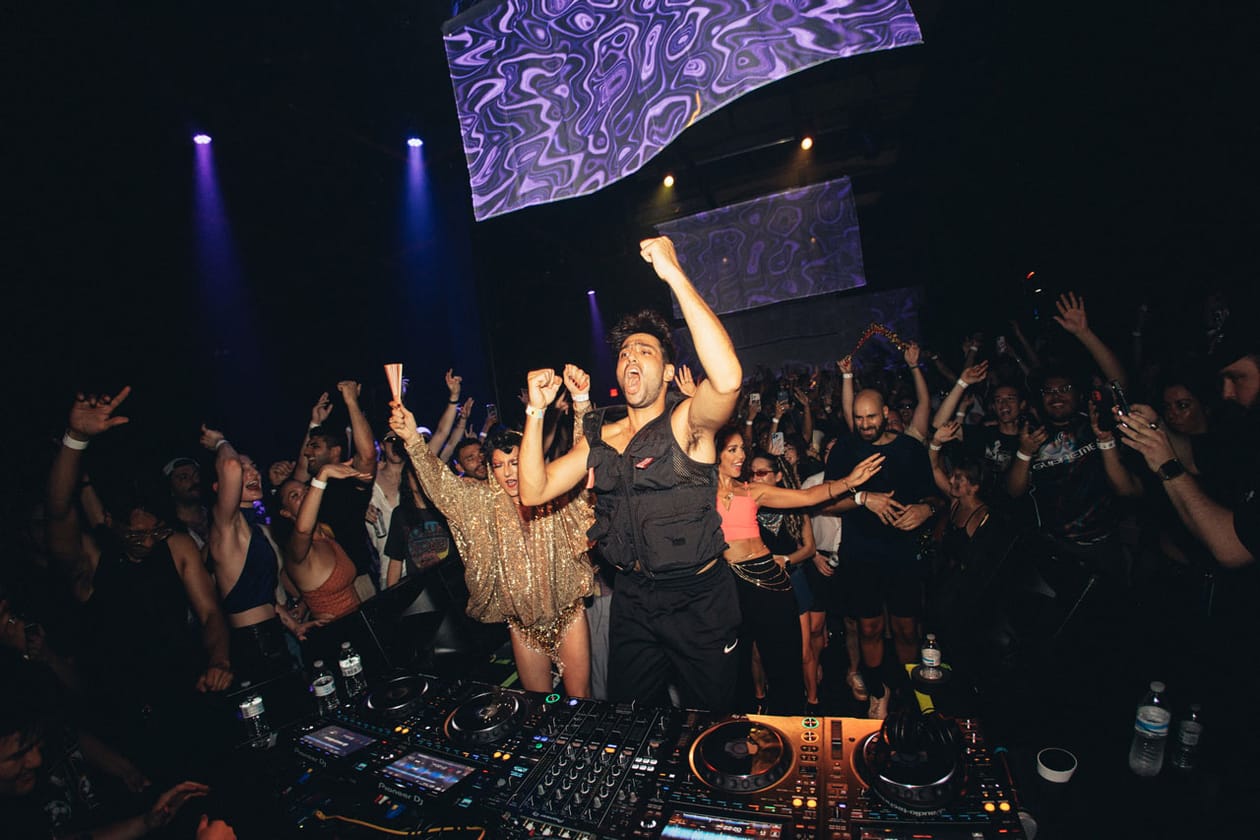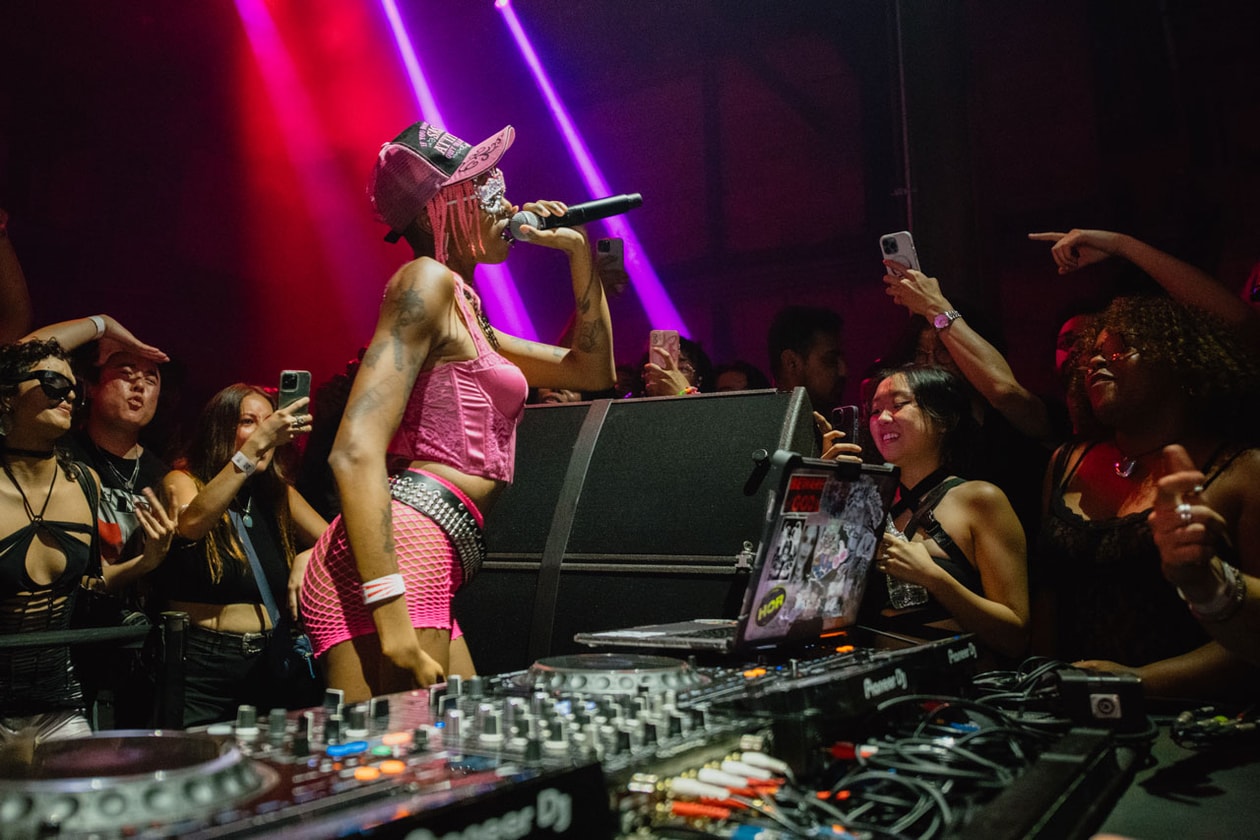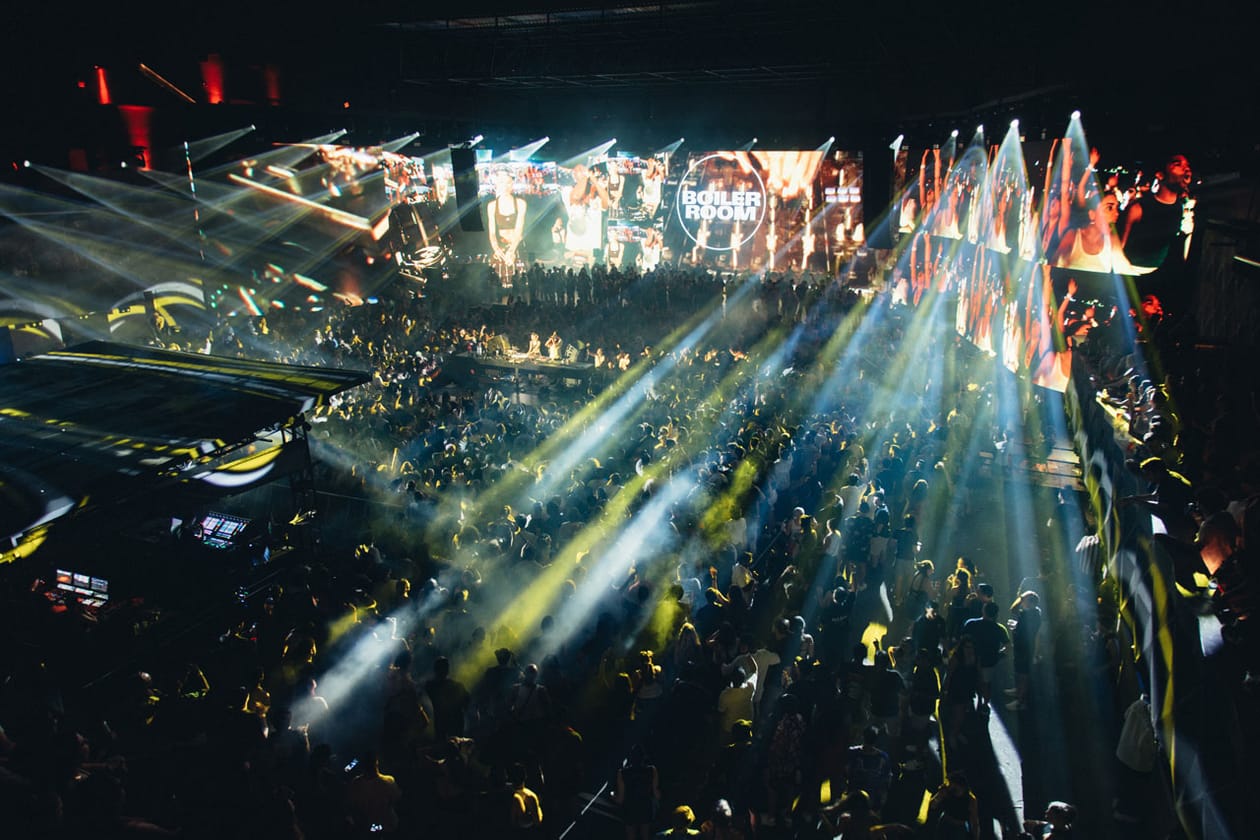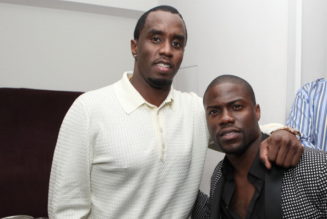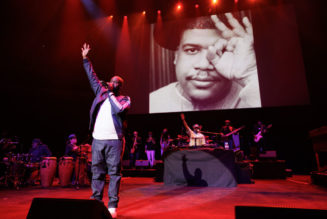It’s a Saturday night at Brooklyn’s Avant Gardener and the 80,000-square-foot venue is packed to capacity. Three stages – two indoor sound rooms and, most notably, the open-air Brooklyn Mirage – have drawn in locals from all five boroughs for the second night of Boiler Room’s weekend-long New York bender.
Following the prior night’s event and an intimate daytime yacht party earlier that day with live dance music from Todd Edwards, Swami Sound and Instrospekt, the second night features Los Angeles-hailing hyperpop artist Slayyyter, who’s been churning out glitchy hyperpop for the past hour at the Mirage. Long after the current swarm disperses, a broadcast of the set will be uploaded to Boiler Room’s YouTube channel, where hundreds of thousands more will tune in.
Over the past decade, Boiler Room has revolutionized live music broadcasting since its early days of streaming DJ shows in London via a webcam duct-taped to the wall. While the identity of Boiler Room is hard to pin down – beyond its physical music sessions and YouTube channel, it encompasses a film division, a grant-based artist incubator and a ready-to-wear fashion label – it’s scaled to become a global brand. After holding club nights in virtually every major city in Europe and North America throughout the 2010s, Boiler Room has gone on to produce events in the Middle East and Africa, including in Uzbekistan, Palestine, Pakistan and Soweto.
Considering electronic music began gaining traction in the early 1980s, Boiler Room hasn’t been around for very long, at least relative to the genre itself. Even so, it’s regarded as one of the most important broadcasters in the electronic music scene – ask anyone in the industry, and they’ll agree – as well as a major endorsement for emerging DJs, such as Kaytranada’s 2013 set in Montreal, performed just a few months after he put out his debut RMX EP. So what sets Boiler Room apart from other livestreamed club nights?
Boiler Room creative director Amar Ediriwira thinks one of the major pulls of a session is a “grassroots approach” to curating the lineup. As a brand that travels around the world, Ediriwira stresses that Boiler Room tries to avoid inundating a given city with a lineup entirely stacked with foreign artists, given that a good chunk of the world’s most popular DJs tend to operate out of the same major cities like London, Los Angeles and Berlin. Instead, Boiler Room collaborates with professionals from local music scenes to curate the roster of artists.
“We want to champion anything local.”
“It’s a very human method of curation,” Ediriwira tells Hypebeast. “We want to champion anything local. If there’s a grassroots sound coming through a place, that’s what we want to hone in on.”
He references a recent show in Manila, describing an emerging sound based on convergence of modern house and Indigenous music that relies on heavy percussion and a sort of “hypnotic bass.” Observing the new sound, which was being considered the first Filipino-led genre of electronic music, as native to Manila, Boiler Room commissioned research from those working within the city’s music scene to learn more about the genre and see if they could shape a session around it.
The brand took a similar approach a few years ago around the emergence of amapiano in South Africa. Since then, they’ve gone back to the country several times over the past four years, first in central Johannesburg and then in the urban township of Soweto.
This constant collaboration with locals extends beyond the curation of the musical lineup, permeating each individual part of the planning process. This means Ediriwira and his team are commissioning various bookers, programmers, producers, lighting designers and technicians, who each bring their unique background and area of expertise to the table. Decisions made while planning the event may even be at odds with Boiler Room’s own aesthetics and creative impulses.
For instance, Ediriwira recalls doing a show in Mexico City centered around contemporary reggaeton, curated by the Colombia-hailing DJ Rosa Pistola. The Boiler Room team found themselves somewhat at odds with the local lighting designer, who was advocating for how the light should look to match the reggaeton’s tempo.
“It’s something we constantly have to balance,” he says. “Obviously we’re trying to make our livestream look good, but there’s often a lot of local nuance.” With this case, we ended up making the decision to prioritize what the lighting designer was saying — as he had a deeper knowledge of the local scene and aesthetic — over having everything really visible on video.”
Boiler Room is hotter than ever in its 13th year of operations, but, surprisingly, it’s angling to ease up on the sheer quantity of events it puts on. Whereas previous years have entailed approximately 150 sessions globally, the brand is now aiming to pull off around 100 by the end of 2023, which “still sounds like a lot,” Ediriwira says with a laugh.
“[Scaling back has] really allowed us to kind of focus and plot out our year,” he continues. “It’s the first time in Boiler Room history that we’ve ever [done so].
While there are key cities that Boiler Room always plans to return to each year, such as New York, others become must-visits because they’re a hotbed for a burgeoning genre. And with every session, Boiler Room is continuously seeking out artists, both new and established, that they envision resonating with their community and want to lend their platform to.
“The way that we managed to do so much and operate in all these different places is by having a giant network of producers, and equally, an incredible network of researchers, artists and curators help us figure out what we should do in each place,” Ediriwira says. “I think that’s the unique thing about Boiler Room: we have a knack for breaking artists and championing new sounds but one that doesn’t come from a centralized place.”
